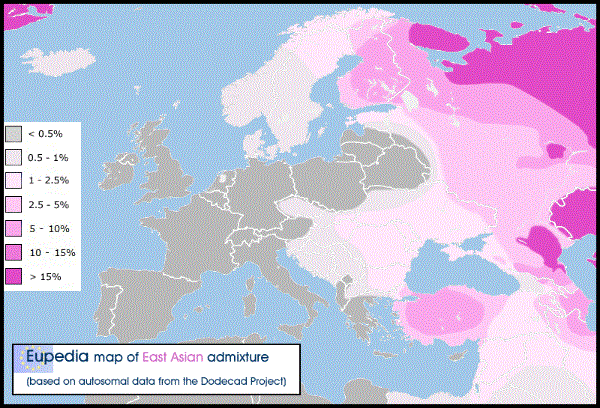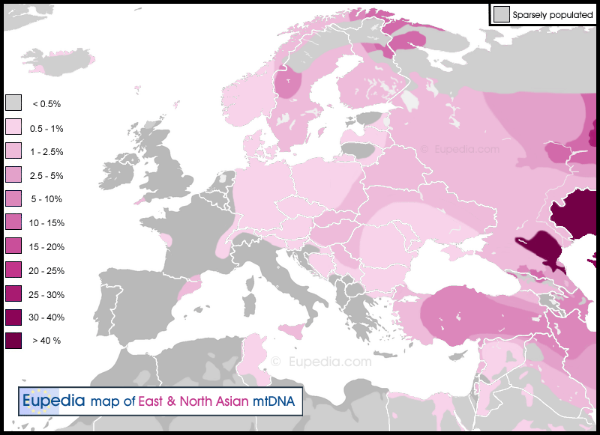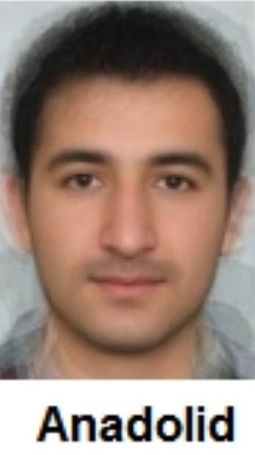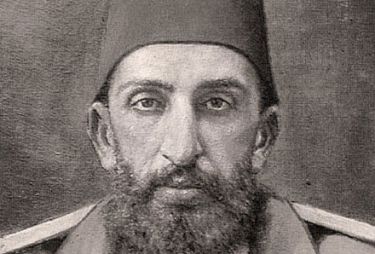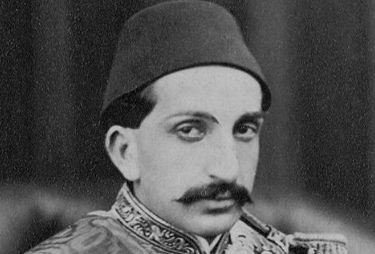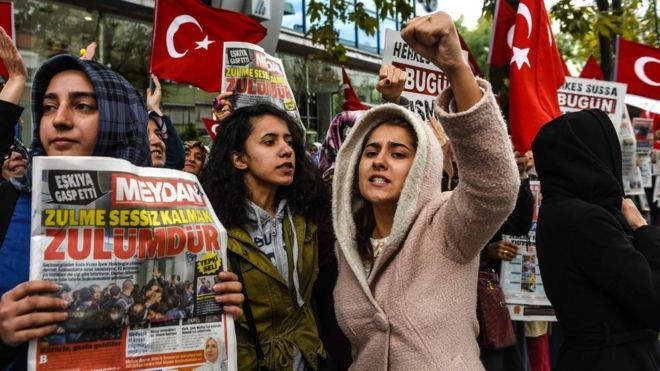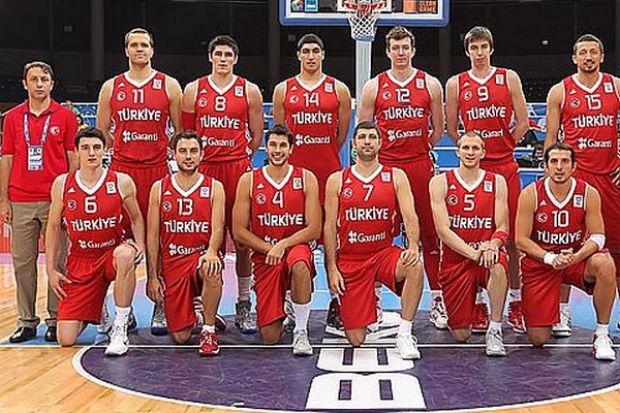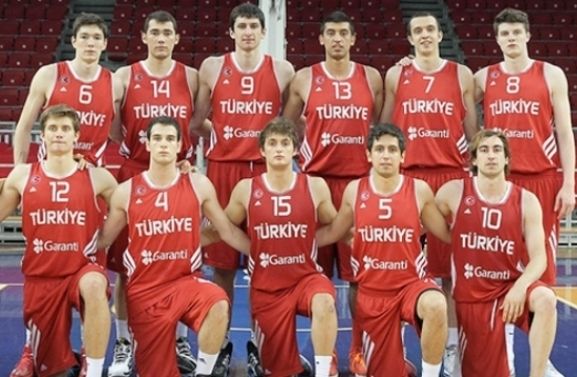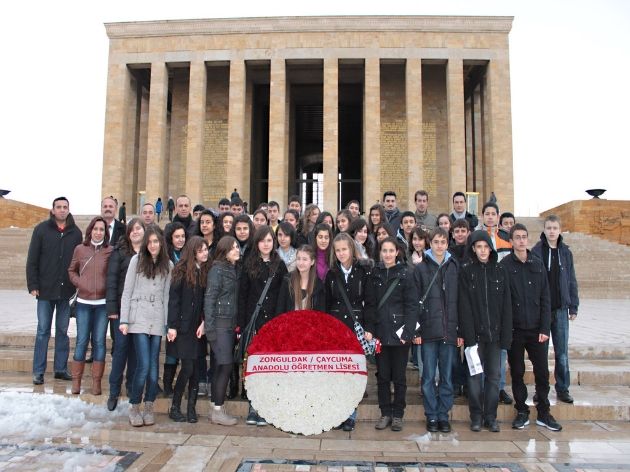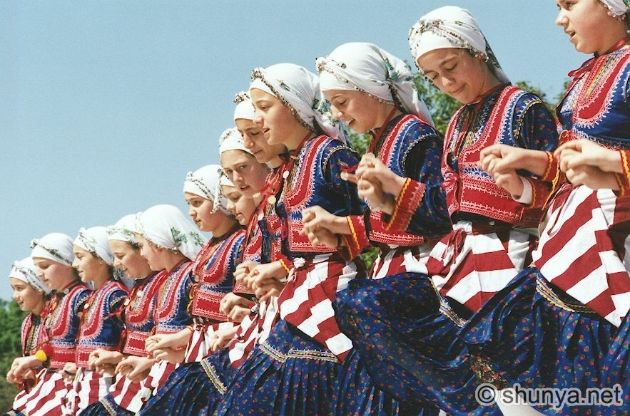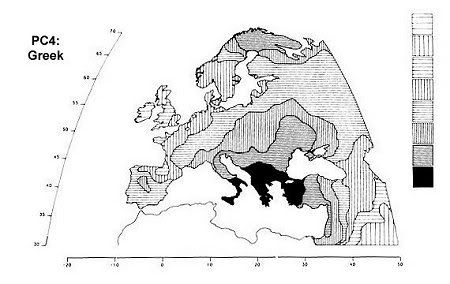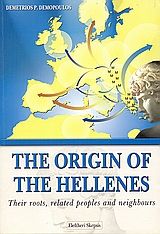"East-Mediterranean" is one of Lundman's creations(which he had a few sub-sub-types of) but it is grossly overly and mis-used by many forumers for various reasons--normally for the non-European chanting, mixed-race pounding & Orientalizing washing from trolls and retards alike.Crimson GuardReal Anthropology
B.J.Lundman " The Races and Peoples of Europe"
Ost Mediterranean/East Mediterranean

Systematic Appendix: The Races of Europe
II. Progressive Procopomorphic Types - All Extremely Long-Skulled.
a) East-Mediterranean Race: dark pigmented, with many subraces.
1. The Pontid (in southern Russia).2. The Iranid: partly influenced by the Arabid race, with narrow rectangular face.
3. The North-Indid: very tall, heavily bearded, large nose, and a high frequency of blood type gene q.
4. The Gangid: small, very gracile, with thin, sparse beard, and a high frequency of blood type gene q.
5. The Nesid (in the South Seas).
6. The Saharid or South-Mediterranean (in North Africa): rather tall and gracile, with a low frequency of blood type gene q.
7. The Aegyptid: very closely related to the Saharid, but with a high frequency of blood type gene q.
www.theapricity.com/snpa/lundman-races4.htmThe living races and peoples of Europe
The Races of Europe - An Outline
"the Pontid subrace of the East-Mediterranean race"
The Races and Peoples of Southeast Europe
"In Greece the Dinarids predominate only in the western part. Toward the northeast more East-Mediterraneans are found."
"Bulgaria and southeastern Macedonia appear to be predominantly East-Mediterranean in race."
The Races and Peoples of Russia and Northeast Europe
"In southwestern Russia the predominantly East-Mediterranean region is continued from the Moldau across to the Black Sea port of Odessa."
"The Latvians show some Dinarid and more East-Mediterranean strains."
The racial history of Europe: an outline
"According to the ancient portraits, as well as the cranial evidence, the dark element of the early Indo-Europeans must have consisted predominantly of East-Mediterraneans."
"not all of the living high-skulled peoples of this part of Europe can be regarded as mixtures of the Scando-Nordid (or East-Mediterranean)"
"Evidently, it is much older than the Mongolid admixture in the formerly East-Mediterranid southern Russia."
"The East-Mediterranids probably originated in the northern part of southwest Asia. They then spread out northwards to southeast Europe and southern Central Europe."
Synopsis of European Racial History
"3. The northward migrations in the early Neolithic period by agricultural, more or less, East-Mediterranean tribes out of the Near East into the Danube region up to southern Germany."
Summary
"The East-Mediterranean and East-Alpine races probably developed from the long-skulled and high-skulled Upper Paleolithic races of southeastern Europe and the Near East. These races also moved northward into central and eastern Europe in the early Neolithic period"
" The south-eastemmost Indo-European group - the Indo-Iranians - seem to have been basically East-Mediterranean in race."
www.theapricity.com/snpa/lundraces.htmEAST-MEDITERRANID
Refers to the Mediterranid varieties, including Pontid, which are indigenous to the eastern Mediterranean areas. The term has also been applied to a larger selection of eastern European and Central Asian brunet dolichocephalic types, including Orientalids.
www.theapricity.com/snpa/gloss1.htm#EThe living races and peoples of Europe
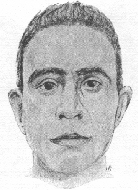
East Mediterranean according
to Bertil Lundman
Modeled on this Macedonian Greek

"Bulgaria and southeastern Macedonia appear to be predominantly East-Mediterranean in race, with still unexplained Pre-Pontic, East-Baltid, and Nordid strains. Only in the western part of Bulgaria are there some Dinarids. The strikingly beautiful classical people of Old Rumania are similar in anthropological structure, although somewhat more Dinarid. The Rumanians of Transylvania show numerous Dinarid, and also East-Baltid as well as Nordid types."
"In southwestern Russia the predominantly East-Mediterranean region is continued from the Moldau across to the Black Sea port of Odessa. In this area we find a surprisingly low frequency of blood type gene q. Around the Don river there is a region with a similar anthropological structure. Perhaps these are vestiges of the descendants of the Irano-Scythian tribes who inhabited southern Russia in ancient times."
"The Latvians resemble the Estonians in anthropological structure. However, they are somewhat more round-headed and also somewhat darker in pigmentation. The Latvians show some Dinarid and more East-Mediterranean strains. The latter are concentrated in a remarkable manner in western Courland. Very light, clear-blue eyes, rarely the East-Baltic gray-white-blue eyes, are characteristic of surprisingly many Livland Latvians, but less so of the Courland Latvians."
"In Greece the Dinarids predominate only in the western part. Toward the northeast more East-Mediterraneans are found. On the Aegean islands we often encounter a rather primitive, dark, long- and low-skulled strain, probably of the Berid race. Likewise there are in Greece blond individuals, both of the Nordid and also the East Baltid race."
www.theapricity.com/snpa/lundman-races.htmThree Greek East Meds


 Aegean Med= East Med
Aegean Med= East MedThe Cretans and the Cretan women as a whole are above average height, as in most Aegean islands. They are, mainly, mesocephals, brunette with brown eyes and light mixed eyes. Predominantly black and wavy hairs prevail. The hair is quite developed in chest, in face and eyebrows, not less than from other islands of coastal Greece. They are basically leptoprosopoi(slim faced) and leptorrinikoi(slim nosed), with "strong" facial profile. The nose is in the absolute majority of cases straight, the lips moderate, the forehead upright, or slightly sloping. They distinguished by opisthocheilia(back-lipped), they have occiput quite round and slightly development of supra-orbital ridges. For this as a whole they constitute a relatively homogeneous group of anthropological varieties from end to end of the island. These attributes classify their type to the
Aegean type of the southern branch of the Europaeoid race."The descend of Cretans", page 107, year 1971.
1. Geographical distribution of anthropological traits in Crete shows largely uniformity across the island.
The Cretans belong in their absolute majority to the Aegean type of the eastmediterranean branch of the great Europaeoid race. The spread of this type in the Aegean associated with the prosoasiatic type from which it has diversified over several thousand years. It is native type of the region and, as can be concluded by the expansion of current features in the past, associated with at least the Upper Paleolithic era.
2. The varieties that make up the anthropological type of Crete stand out, with great enough accuracy, from the anthropological types of northern Africa and, secondly, the types of the Middle East. They are closer to the type of the Aegean basin, generally, which extends to Thrace and Southern Bulgaria, in western Asia Minor and parts of the Black Sea.
"The descend of Cretans", page 127, year 1971.
Aris Poulianos.
Pontids also classified by Bertil Lunman as East Meds.
Greek Mediterraneans according to Bunak V.V. are Pontics.
In studying the racial composition of southern Russia, there was evidence of a moderately tall, long-headed, brunet Mediterranean form, which is concentrated along the northern shore of the Black Sea, but which also appears sporadically in the entire Russian population. To western Europeans and Americans, it is better known than its frequency would warrant, for it is exemplified by several world famous ballerinas and opera singers. This is the Mediterranean racial division which the Russian anthropologists call Pontic 139 and which the Poles recognize as a very minor element in their own population. It is with little doubt of Neolithic date in southern Russia, Rumania, Bulgaria, and the Hellespont region, and probably in Greece and the Aegean. In most of Thrace it seems more basic than the Danubian, or at least more common. What its relationship may be to the introduction of the Neolithic economy into Europe by land or by sea, cannot be determined without more data.
139 Bunak, V., ZFMA, vol. 30, 1932, pp. 441—503.
www.theapricity.com/snpa/chapter-XII16.htmThe Pontic Mediterraneans
Along the northern and western shores of the Black Sea are found, among other populations, brunet Mediterraneans of*generalized type, called Pontic by the Russian anthropologists, who are usually of medium to tall stature and who seem related on the one hand to the Atlanto-Mediterraneans and on the other to the long-faced Mediterranean prototype of Asia Minor and the Caucasus. Inland from the Black Sea shores they are found sporadically in Russia, Poland, and the countries along the upper course of the Danube. They also seem to form an early population level in Serbia and Albania. Their precise archaeological history has not yet been traced, and their relationship to the Danubian invaders of central Europe at the beginning of the local Neolithic is unknown. They do not, however, conform closely to the physical type of the early Danubians as known to us by a small series of skeletal remains. Much more work needs to be done in southeastern Europe before their historical position and relationships can be established.
www.theapricity.com/snpa/troeplate26.htmThe Pontic type of the Indo-Mediterranean race, or Pontic race, Black Sea or Eastern Mediterranean type - is extended among the peoples of the coast of the Black sea, for example, of Adygei and South Russians. Somewhat in terms of larger sizes, and also in terms of increased percentage of the omitted (?) tip of the nose and light eyes it is different from the more southern Caspian type.
PONTIC. A variety of Mediterranean or Atlanto-Mediterranean, so named by Bunak. It is concentrated in Bulgaria and in the Rumanian lowlands: it also is found in the Caucasus and Ukraine and westward sporadically as far as Germany, Poland, and Lithuania.
www.theapricity.com/snpa/troe-appendixII.htm


















